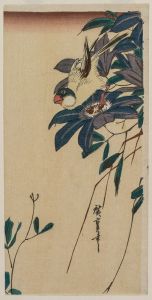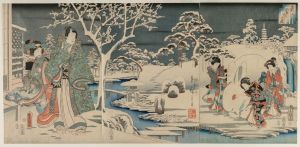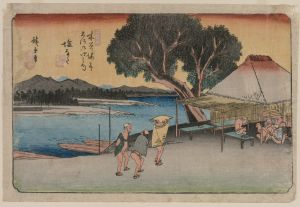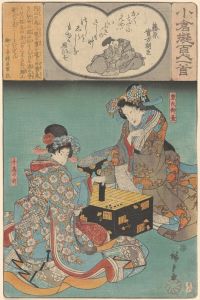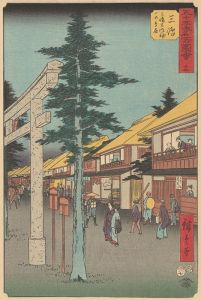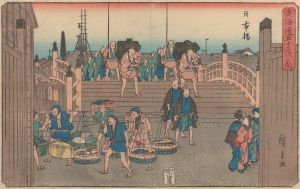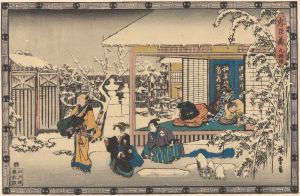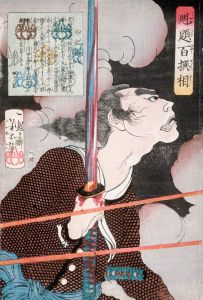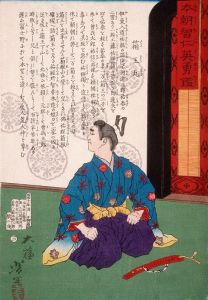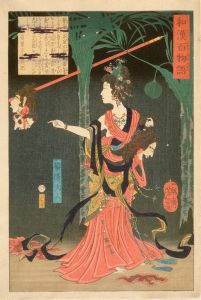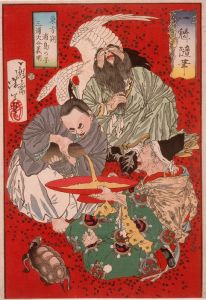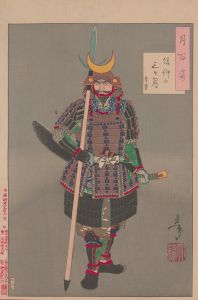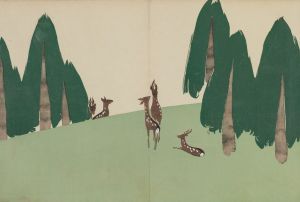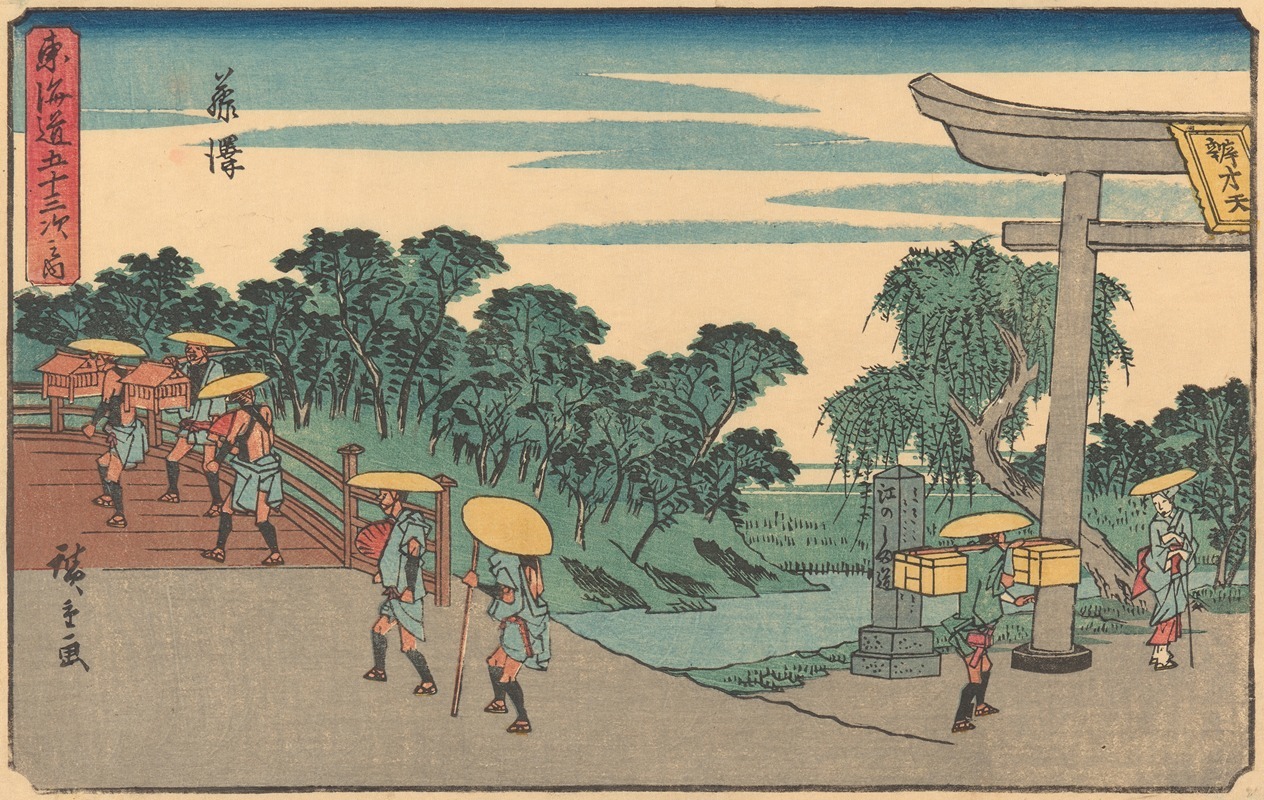
Fujisawa
A hand-painted replica of Andō Hiroshige’s masterpiece Fujisawa, meticulously crafted by professional artists to capture the true essence of the original. Each piece is created with museum-quality canvas and rare mineral pigments, carefully painted by experienced artists with delicate brushstrokes and rich, layered colors to perfectly recreate the texture of the original artwork. Unlike machine-printed reproductions, this hand-painted version brings the painting to life, infused with the artist’s emotions and skill in every stroke. Whether for personal collection or home decoration, it instantly elevates the artistic atmosphere of any space.
Fujisawa by Andō Hiroshige is a celebrated woodblock print from the renowned series "The Fifty-three Stations of the Tōkaidō" (Tōkaidō Gojūsan-tsugi no uchi), created by the Japanese ukiyo-e artist Andō Hiroshige. This series, produced during the Edo period, specifically between 1833 and 1834, depicts the various post stations along the Tōkaidō road, which was the most important of the Five Routes of the Edo period in Japan, connecting Edo (modern-day Tokyo) to Kyoto.
Hiroshige's "Fujisawa" print is the seventh station in the series and captures the essence of the Fujisawa-juku, a post station located in present-day Fujisawa City in Kanagawa Prefecture. The print is known for its detailed and picturesque portrayal of the landscape and daily life during the Edo period. It features a serene scene with travelers crossing the Yugyoji Bridge over the Sakai River, heading towards the Yugyo-ji Temple, a significant Pure Land Buddhist temple in the area. The temple, also known as Shojoko-ji, was a prominent landmark and a place of pilgrimage, adding cultural and religious significance to the depiction.
In the background of the print, one can observe the lush greenery and the distant hills, which are characteristic of Hiroshige's ability to blend natural beauty with human activity. The composition of the print is carefully balanced, with the bridge and travelers forming a diagonal line that guides the viewer's eye through the scene. This technique is a hallmark of Hiroshige's work, showcasing his mastery in creating depth and movement within a confined space.
Hiroshige's use of color in "Fujisawa" is subtle yet effective, employing a palette that includes soft blues, greens, and earthy tones. This color scheme not only reflects the natural environment but also evokes a sense of tranquility and harmony. The print exemplifies Hiroshige's skill in capturing the transient beauty of the landscape and the fleeting moments of everyday life, which are central themes in the ukiyo-e genre.
"The Fifty-three Stations of the Tōkaidō" series was highly popular during Hiroshige's time and remains one of his most acclaimed works. It played a significant role in shaping the perception of the Tōkaidō road and its post stations, providing contemporary viewers with a visual journey through one of Japan's most important travel routes. Hiroshige's prints, including "Fujisawa," are celebrated for their artistic and historical value, offering insights into the culture, geography, and social dynamics of the Edo period.
Today, Hiroshige's "Fujisawa" print, along with the rest of the Tōkaidō series, is held in high regard by art historians and collectors. It is frequently exhibited in museums and galleries around the world, allowing modern audiences to appreciate the timeless beauty and craftsmanship of Hiroshige's work. The print continues to inspire and influence artists, reflecting the enduring legacy of Andō Hiroshige and the ukiyo-e tradition.






